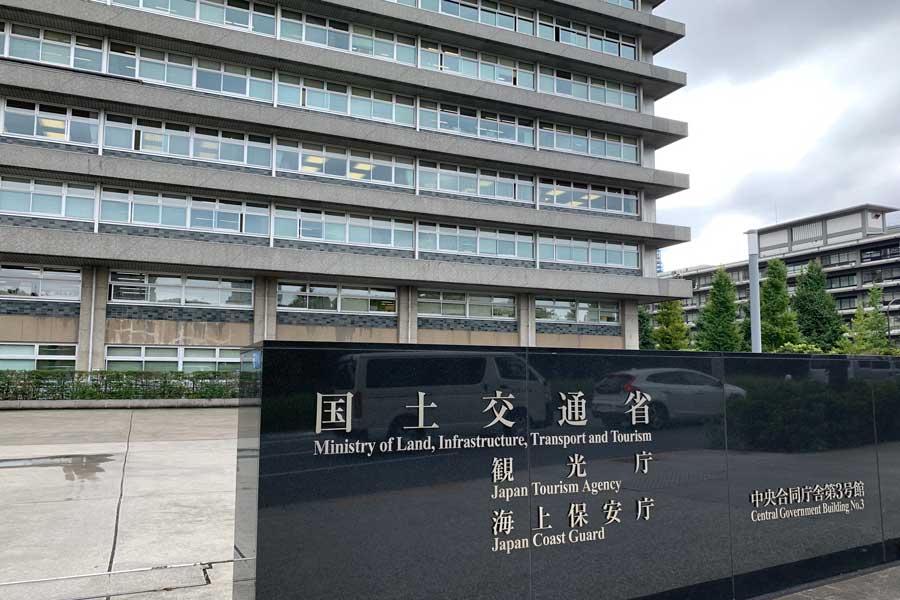
Japan’s MLIT Issues Heavy Snow Warning for December 3–4
Known as an oil-producing nation, Saudi Arabia accounts for more than 40% of its GDP from oil, with Japan being one of its major export destinations. The real GDP growth rate in 2022 was 8.7%, one of the highest in Middle Eastern countries.
With a population of about 32 million, Saudi Arabia has a larger size compared to the United Arab Emirates (UAE) with 10.09 million people, Qatar, and Bahrain with 1.5 million each, making it an attractive investment destination due to its stable security environment. Japanese investment is also active, with the Bank of Japan’s balance of payments statistics reporting 63 billion yen invested in 2022, the highest in the past five years. Japanese companies have established 110 bases, with about 600 Japanese nationals residing.
In April 2016, Saudi Arabia announced ‘Vision 2030’ under King Salman, aiming to make Saudi Arabia a “pioneering and excellent global model” in all respects by implementing reforms and opening up. One of the strategies to reduce oil dependence, the tourism strategy, has expanded significantly post-COVID. In September 2019, Saudi Arabia began issuing tourist visas to nationals of 49 countries and regions, including Japan, which has now expanded to 63 countries and regions. Although there are currently no direct flights between Japan and Saudi Arabia, one-stop access is available via Doha or Dubai, with Riyadh Air showing eagerness towards establishing direct flights aiming for operation in 2025.
In 2023, a record-breaking 100 million travelers visited Saudi Arabia. I had the opportunity to visit Riyadh during a ceremony held in March.
The King Abdullah Financial District (KAFD) suddenly emerged in Riyadh as a smart city encompassing the latest infrastructure, offices, hotels, restaurants, and a metro connecting the district with the airport.
The ‘Bujairy Terrace’ located in the historic district ‘Diriyah’ houses over 20 world-renowned restaurants. Adjacent to the UNESCO World Heritage site At-Turaif, it offers a chance to experience Saudi Arabia’s history alongside exquisite dining.
While the capital Riyadh experiences relatively comfortable weather in early March, with temperatures nearing 30 degrees during the day, it’s advisable to take breaks while exploring. The tourism season spans from October to February, with summer temperatures averaging over 35 degrees.
The local coffee chain ‘Camel Step’ is popular, continuously visited by locals. Despite the higher prices compared to Japan, the quality and dedication are evident.
Despite the headwinds of the depreciating yen and high fuel prices, coupled with the lack of direct flights, the interest in Saudi Arabia is growing, with enterprises such as H.I.S. opening branches in Riyadh, and the launch of the ‘kotorippu’ travel guidebook for Saudi Arabia. With the advent of direct flights, expected to connect Japan and Saudi Arabia in about 12 hours, the number of visitors to Riyadh, a city that offers both historical insights and the latest technologies, is set to increase. (Supported by the Saudi Arabia Tourism Board)